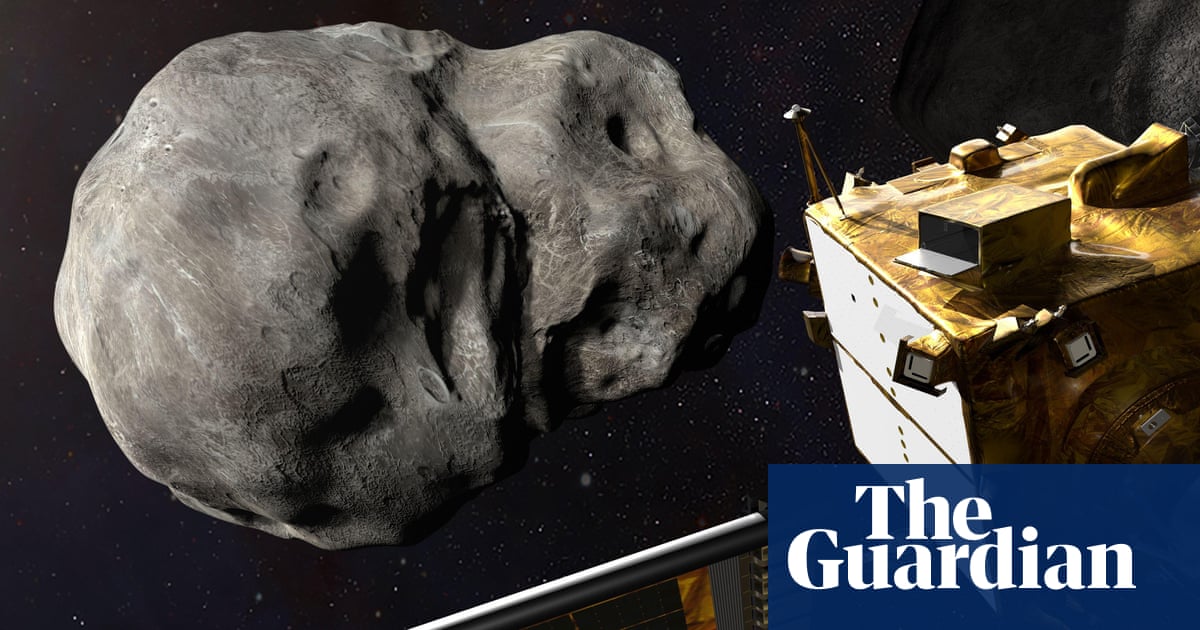Potential Lunar Collision: Asteroid Threatens Moon, Sparks Concerns for Earthly Consequences

In a scenario that reads like a science fiction plot, the astronomical community is abuzz with the potential ramifications of an asteroid, designated 2024 YR4, possibly colliding with the moon in 2032. This celestial event, if it occurs, could unleash a cascade of lunar debris towards Earth, posing significant risks to our satellite infrastructure and offering a rare spectacle in the form of a vivid meteor shower.
Earlier this year, 2024 YR4 triggered alarm within planetary defense circles when initial observations suggested a 3% chance of it colliding with Earth. However, subsequent analyses have significantly reduced this probability to a negligible 0.0017%. The moon, however, remains at risk, with the likelihood of impact now estimated at 4.3%, according to data from the James Webb Space Telescope. This potential impact could create a crater approximately one kilometer in diameter on the lunar surface, ejecting millions of kilograms of debris into space.
The implications of such an event extend beyond the immediate spectacle of a meteor shower. While most of the debris, ranging from millimeters to centimeters in size, would incinerate upon entering Earth's atmosphere, some fragments could be captured in Earth's orbit. This poses a tangible threat to satellites and spacecraft, as well as astronauts operating in space. Dr. Paul Wiegert of the University of Western Ontario, the study's lead author, likened the energy release from the impact to that of a large nuclear explosion, underscoring the potential severity of the situation.
This development highlights the need to broaden our planetary defense strategies. Traditionally focused on threats directly to Earth, this incident underscores the importance of monitoring and preparing for potential hazards that could arise from our celestial neighbors. NASA and other space agencies have been actively tracking asteroids and comets, with initiatives like the Double Asteroid Redirection Test (DART) demonstrating the feasibility of altering an asteroid's trajectory. However, the moon's vulnerability in such scenarios has often been a secondary concern.
Asteroid 2024 YR4, which orbits the sun, is currently too distant for detailed observation and is not expected to be visible again until 2028. This will provide researchers with an opportunity to reassess its size and trajectory, offering a clearer picture of the potential threat. While NASA has ruled out any alteration to the moon's orbit around Earth in the event of a collision, the broader implications for space safety and planetary defense remain a topic of critical importance.
🔮 Fortellr Predicts
Confidence: 82%
The potential impact of Asteroid 2024 YR4 on the moon in December 2032 introduces significant considerations for astronomical, geopolitical, and technological entities. The prospect of lunar debris impacting Earth will likely accelerate advancements in planetary defense strategies and cross-agency collaborations among international space agencies. NASA and equivalent agencies in Europe, Russia, China, and India are expected to prioritize enhancements in detection capabilities and develop mitigation tactics against potential risks posed by smaller celestial bodies. This scenario also fosters increased investment in technologies capable of intercepting lunar debris that might imperil satellite infrastructures or manned missions, spurring innovation in both ground-based and orbital technologies. Additionally, the specter of a visually spectacular meteor shower could boost public interest and financial support for space-related programs, leveraging public engagement for scientific initiatives. These developments would also drive updates in international treaties focusing on space debris management, emphasizing a shared responsibility in safeguarding Earth's orbital environment. Over time, the collaborative stewardship and technological enhancement in response to such threats will establish frameworks for dealing with space-originated hazards, setting precedents for future scenarios where interplanetary dynamics pose potential risks.